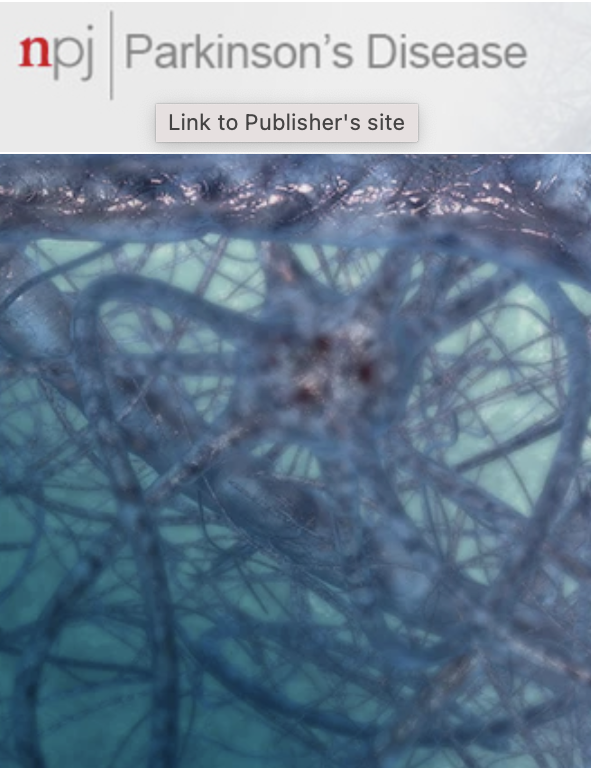使用基于人群的招募策略识别有患帕金森病风险的个体:健康脑老化卡塞尔研究
IF 8.2
1区 医学
Q1 NEUROSCIENCES
引用次数: 0
摘要
帕金森病(PD)的神经退行性变发生在运动特征发展之前:评估危险因素和识别前驱标志物对于招募前驱队列、改善早期诊断和制定预防性治疗是必要的。作为健康脑老化(HeBA)的一部分,我们实施了一项逐步的、基于人群的筛查,以确定患帕金森病的高风险人群。居民(n = 158,818;50-80岁),在德国卡塞尔及其周边地区被邀请完成一项关于前驱症状和风险因素的在线调查。计算个体风险评分(国际帕金森和运动障碍协会标准)。选定的个体接受嗅觉测试。8774份问卷回复中有8001份有效;对气味测试邮件(n = 3021)的响应率为90%。低睡眠者(n = 1019)主观低睡眠和主观记忆障碍发生率较高(p < 0.01)。随访将验证招募策略并监测转化为显性PD的情况。我们的招聘策略是确定那些可能有患帕金森病风险的人。本文章由计算机程序翻译,如有差异,请以英文原文为准。
Identifying individuals at-risk of developing Parkinson's disease using a population-based recruitment strategy: The Healthy Brain Ageing Kassel Study.
Neurodegeneration in Parkinson's disease (PD) occurs before motor features develop: assessing risk factors and identifying prodromal markers is necessary to recruit prodromal cohorts, improve early diagnosis, and develop preventive therapies. As part of Healthy Brain Ageing (HeBA), we implemented a stepwise, population-based screening to identify people at high risk of developing PD. Residents (n = 158,818; 50-80 years) in and around Kassel, Germany were invited to complete an online survey with questions for prodromal symptoms and risk factors. An individual risk score was calculated (International Parkinson and Movement Disorder Society criteria). Selected individuals received a smell test. 8001 of 8774 survey responses were valid; the response rate to the smell test mailings (n = 3021) was 90%. Hyposmic participants (n = 1019) had more subjective hyposmia and subjective memory impairment (p < 0.01). Follow-up visits will validate the recruitment strategy and monitor conversion to manifest PD. Our recruitment strategy identifies people who might be at risk for PD.
求助全文
通过发布文献求助,成功后即可免费获取论文全文。
去求助
来源期刊

NPJ Parkinson's Disease
Medicine-Neurology (clinical)
CiteScore
9.80
自引率
5.70%
发文量
156
审稿时长
11 weeks
期刊介绍:
npj Parkinson's Disease is a comprehensive open access journal that covers a wide range of research areas related to Parkinson's disease. It publishes original studies in basic science, translational research, and clinical investigations. The journal is dedicated to advancing our understanding of Parkinson's disease by exploring various aspects such as anatomy, etiology, genetics, cellular and molecular physiology, neurophysiology, epidemiology, and therapeutic development. By providing free and immediate access to the scientific and Parkinson's disease community, npj Parkinson's Disease promotes collaboration and knowledge sharing among researchers and healthcare professionals.
 求助内容:
求助内容: 应助结果提醒方式:
应助结果提醒方式:


